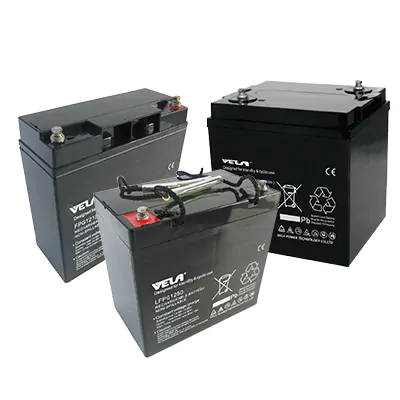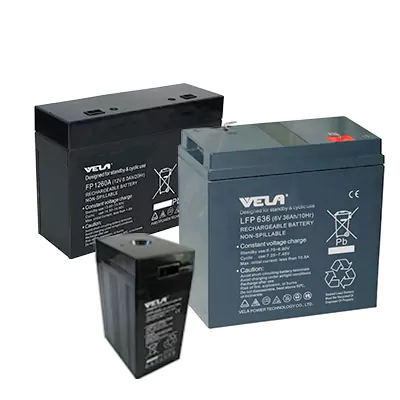
Lead-acid batteries have been used for over a century in various applications due to their low cost, robustness, and superior safety. In the 1950s, Sonnenschein in Germany developed the first gel lead-acid batteries. The gel is made by mixing sulfuric acid with a silicone gelling agent, transforming the liquid electrolyte into a semi-rigid paste, making the gel maintenance-free. In the 1970s, these batteries became popular, and they continue to be widely used today in Uninterruptible Power Supplies (UPS) in large and small size.

Introduction of AGM Batteries
In the early 1980s, AGM (Absorbent Glass Mat) batteries emerged, which have similar properties to gels. However, each system has slightly different properties to meet unique market needs. Gel batteries are commonly used in UPS, while AGM have carved out a market in starter and deep-cycle applications. Both gel and AGM batteries are part of the Valve Regulated Lead Acid (VRLA) range, making conventional flooded lead acid maintenance-free.

Introduction of Gel Batteries
Gel batteries generally last longer than due to improving heat transfer to the outside world. The gel separator transfers heat, while the AGM absorbent glass mat acts as an insulator. Another advantage of the gel is the dome-shaped performance curve, allowing the battery to remain in the high-performance range for most of its useful life, rapidly declining towards the end of life. In contrast, AGM gradually fade away.
Gel batteries also have good properties in high-temperature environments and are less prone to vulcanization than other systems. However, they require the correct charge and float voltage. Gel batteries are not used for high-current applications due to their high internal resistance. Gel batteries are designed to retain more acid, resulting in a greater cycle count than AGM.
The Importance of Valves in Gel Batteries
One of the secrets to building a good gel battery lies in the construction of the valve. Small and economical gel batteries use valves composed of EPDM rubber (EPDM stands for ethylene propylene diene monomer). High-quality large gel cells for high and low temperatures use a finer valve design to improve moisture retention.
Comparison of Gel Batteries with Other Lead-Acid Systems
In terms of availability and cost, flooded lead-acid batteries are the most durable in standby operation but also the most expensive, requiring maintenance with supplement of water. Gel batteries are less expensive than flooded batteries and are the battery of choice for telecom UPS installations. AGM are less costly and have superior load capacity than gel batteries. Both systems have great prospect and will continue to serve backup applications requiring limited deep cycles.
Advantages and Limitations of Gel Batteries
There are many advantages and disadvantages of gel batteries over other lead-acid systems. Gel batteries are maintenance-free, long-lasting due to their ability to transfer heat to the outside, and they have a high cycle count, tolerance to abuse and heat, and a large variety of battery sizes available. However, they have higher manufacturing costs than AGM, are sensitive to overcharging, and have moderate specific energy and load current subject to release gases ventilation is needed and must be stored in a charged condition less critical than flooded.
Summary
Gel and AGM batteries, part of the Valve Regulated Lead Acid (VRLA) range, are commonly used in UPSs for backup power. Gel batteries have improved heat transfer and a dome-shaped performance curve, making them suitable for high-temperature environments, while AGM have better current delivery at low temperatures. Gel batteries generally last longer than AGM, but are more expensive to manufacture and sensitive to overcharging.



